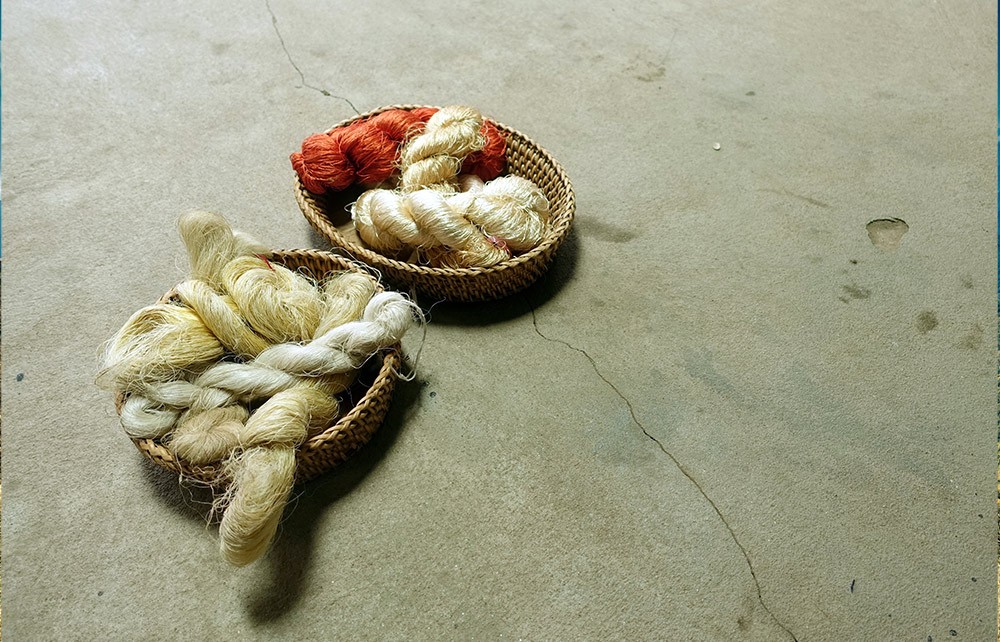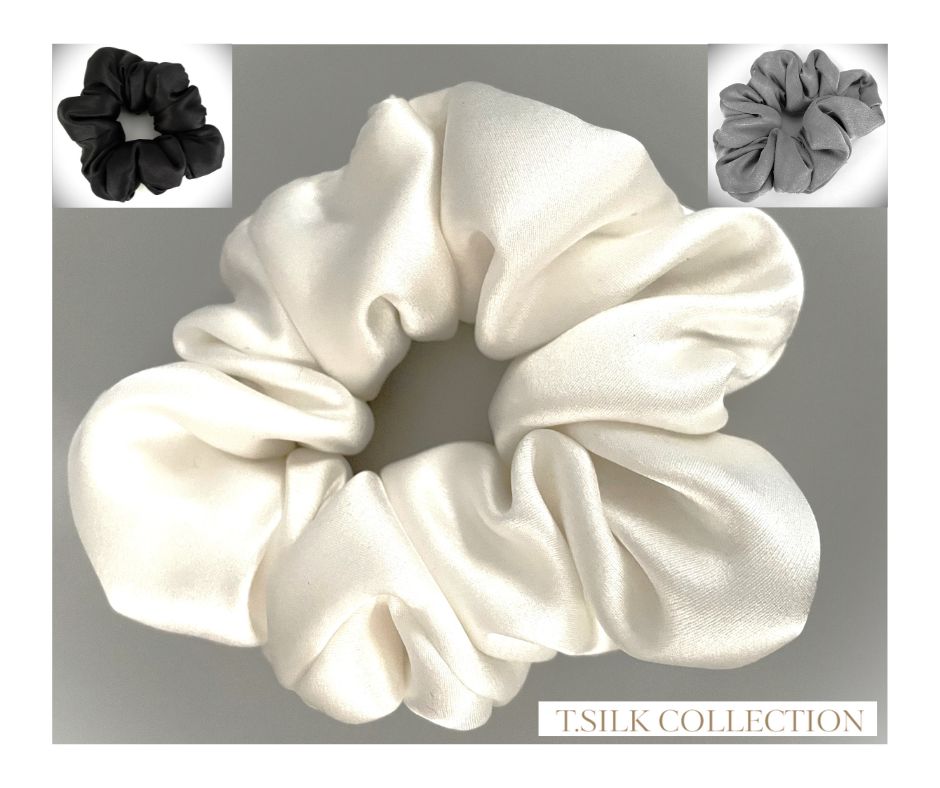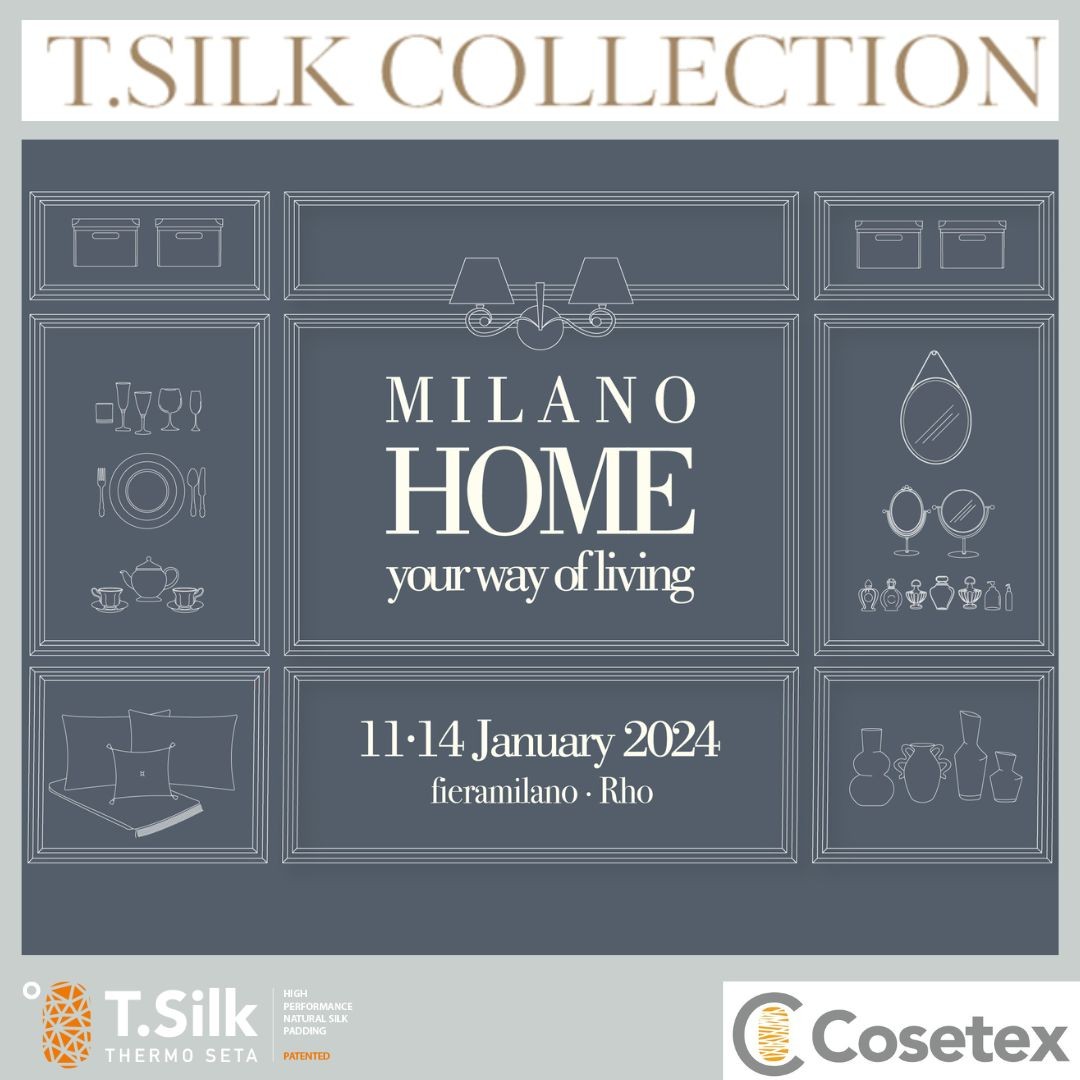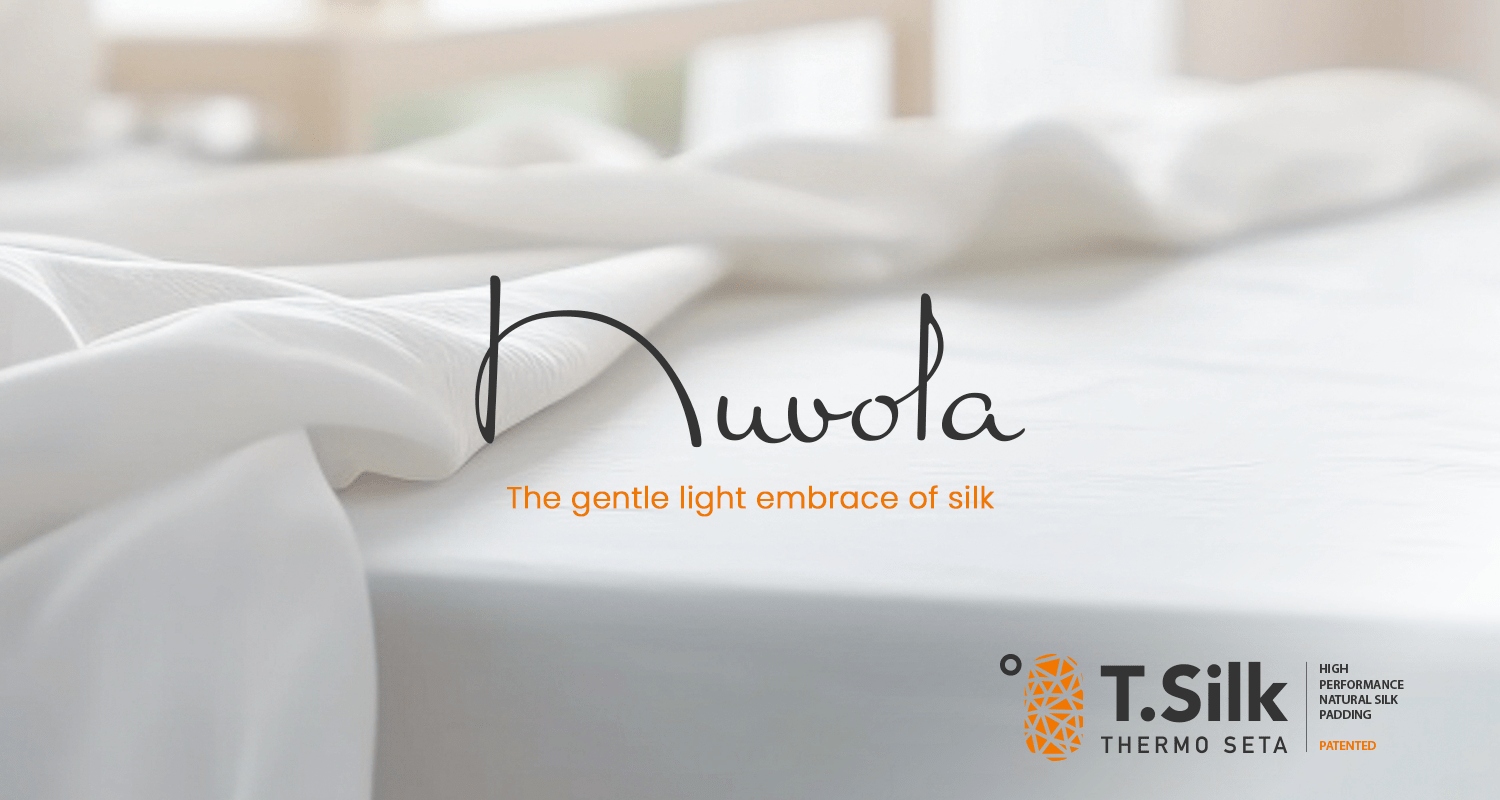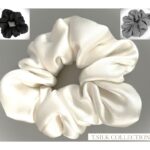T.SILK COLLECTION presents the revolutionary soft and innovative silk scrunchies and hair elastics. Mulberry silk scrunchies developed from the research and experience of Cosetex...
Circularity and enhancement of the fiber
Sustainability and circularity are universally recognised values, essentials in the context of consumer and product choices.
Silk and its world, its logic and production structure represents the best that can be imagined and wished for true sustainability and circularity.
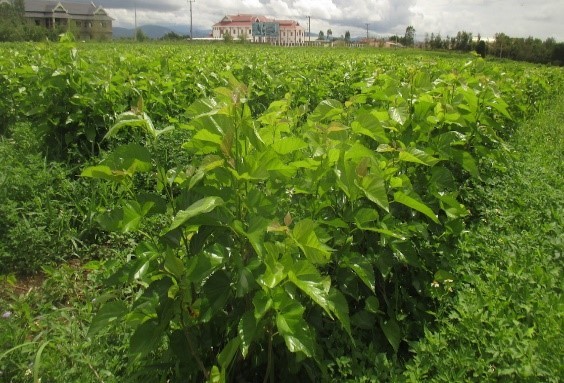
An example of the application of the Silk system, capable of adding a primary aspect of ethics, in order to guarantee adequate income levels for rural populations in search of sources of livelihood, is that of Mulberries, a socially and ecologically responsible verticalised weaving (factory) founded in 1993 by Kommaly Chanthavong * nominated in 2005 for the Nobel Peace Prize..
Mulberries simply and unequivocally represents what the Silk System is and what it can became within the ethical and social sphere:
- A real source of income for the farmers in the area (3000 farmers involved, 200 artisan families);
- A real opportunity to preserve the value of the territory and traditional lifestyles;
- A socially and ethically responsible activity recognised by the certification of the World Fair Trade Organization.
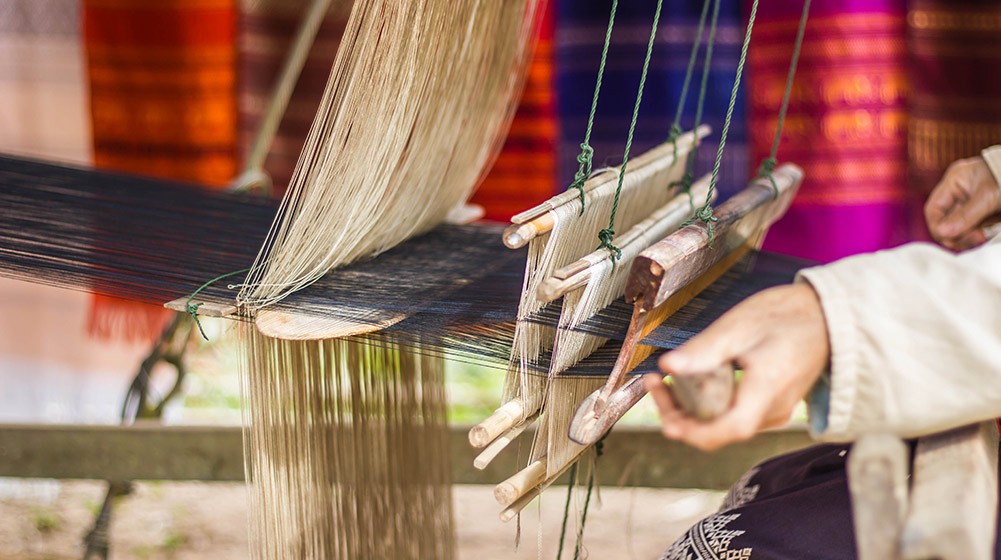
Why we define Mulberries silk as sustainable
Mulberries simply and unequivocally represents what the Silk System is and what it can be in the context of the circular economy and sustainability:
- Based on actual requests (no waste), 600,000 to 900,000 small bugs are produced with 5/6 harvest seasons from April to November;
- Mulberry leaves are used as organic fertilizer;
- Bark is used to make tea;
- Mulberry fruits used as natural dyes, food and jams;
- A correct mulberry plantation allows to prevent soil erosion and rejuvenates the earth;
- Silkworm residues are highly proteinic and used as fertilizers and/or for fish feed in aquaculture;
- Worm pupae are used as a food source;
- The external parts of the worms representing silk fiber, silk waste are reusable and 100% upgradeable;
- The water used in the spinning mill processes is an important protein-rich base (Fibroin and Sericin) for the biomedical cosmetic sector;
The Silk system is a real example of a world “naturally” inclined towards the real sustainability, ethicality, circularity and enhancement of the fiber and its key players, unfortunately often crushed by a world of “artificial” fibers advertised as having values of sustainability that almost never correspond to reality..
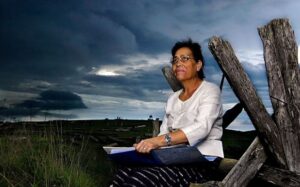
*Kommaly Chanthavong was born in Laos in 1950 and at the age of 6 she learned the art of weaving from his mother. At the age of 11 her village was destroyed during the Laotian civil war, also called the “Secret War” (1954/1973), between the United States and Vietnam. She then traveled through his country for over a month, finding accommodation in the capital Vientiane.
She personally witnessed the devastation and destruction of his country, and opposed by helping groups of women and families in ruin to weave silk.
She started founding a cooperative with few members, which now counts more than 450 employees in 35 villages ensuring adequate earnings, living and working conditions. In 1933 she founded Mulberries, supporting the economy of many villages within a radius of over 250 km. She was nominated for the Nobel Peace Prize in 2005 for her work in support of women’s right to a stable and dignified source of income
